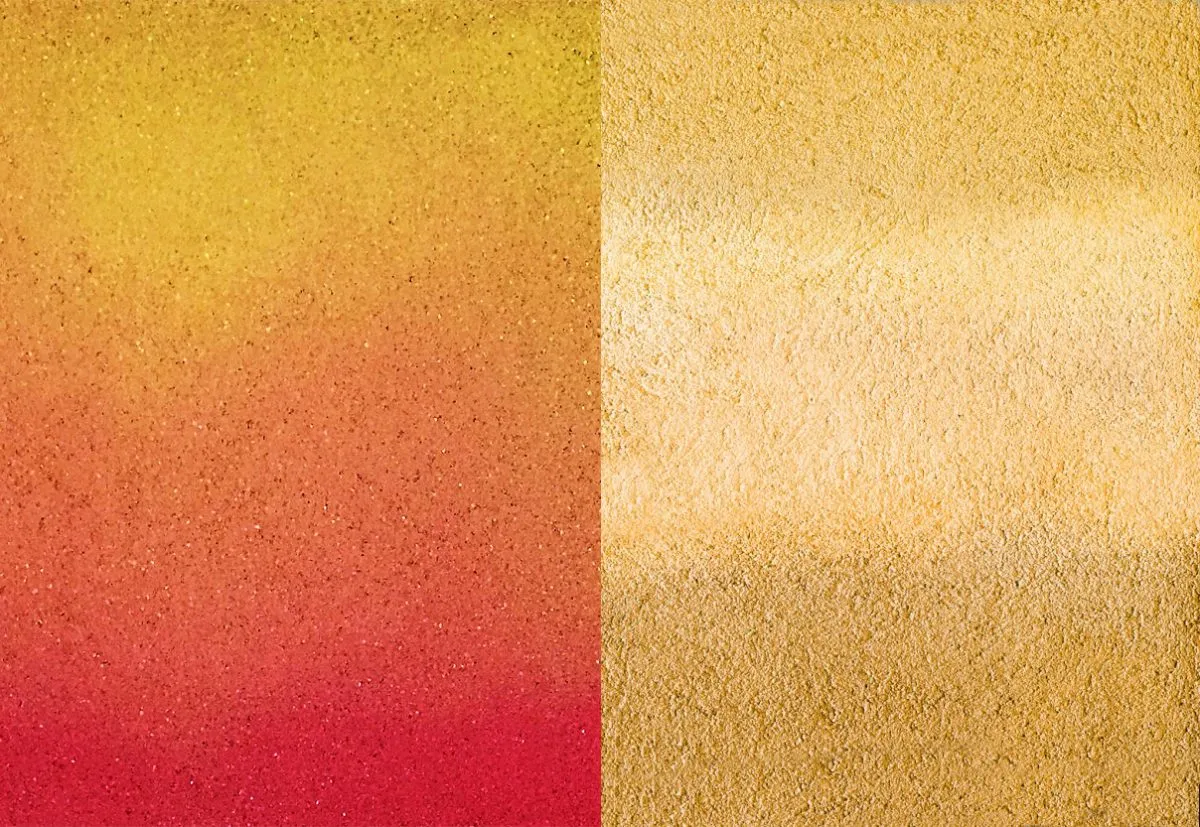
Ombre
Ombre is the gradual blending of one colour hue to another and is derived from the French word Ombrer, which means to shade.
Ombre is similar to the Italian term Chiaroscuro, which also means the treatment of light and shade: however Ombre tends to refer to the gradual moving of tints and shades from light to dark, whereas Chiaroscuro tends to refer to more dramatic direct contrasts of light and shade.
Ombre’s history is more traditionally associated with textiles and glassware, while Chiaroscuro has its roots in painting there the technique was developed during the Renaissance. Both are now being re-imagined in interior design, whether for accessories or for walls.
As with the Japanese concept of Wabi Sabi, there is no perfect outcome in Ombre: in this sense, it is art and there is no right or wrong, so long as the results are all about shading. Delicate to vibrant progressions of colour in Ombre are gentle yet captivating and can be achieved with subtle neutrals and earth colours through to vivid and dramatic tones.
In recent years, the technique of Ombre has taken a sophisticated turn, culminating in the triumphant and intriguing interpretation by Snohetta at Aesop, Duke of York Square.
Ombre’s true versatility, beauty and bespoke aesthetics is brilliantly achieved with naturally pigmented Clay Plasters because of the depth of tones and the fact that nature comes in more shades than we can ever imagine.

